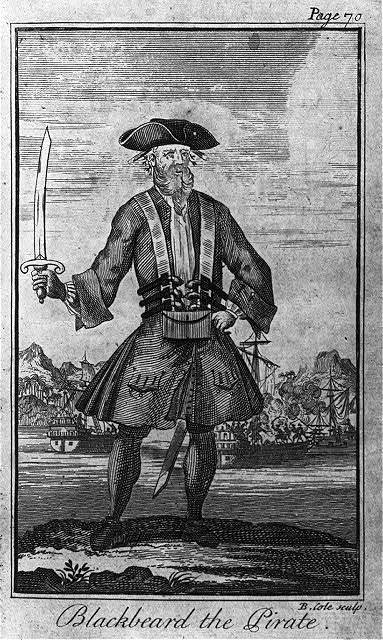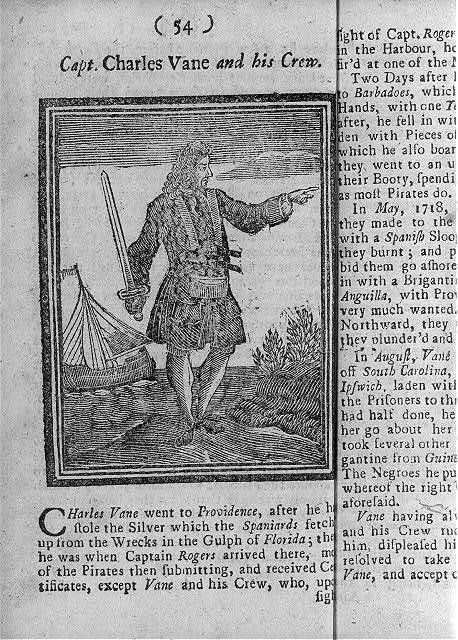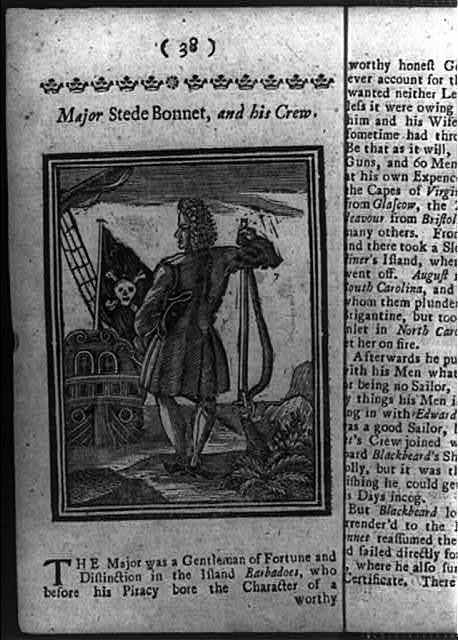Blackbeard & His Associates
Edward "Blackbeard" Teach & the Captains Who Sailed with Him

Edward Teach (Blackbeard)
Edward "Blackbeard" Teach (1680-1718)
One of the most infamous pirates of this era, Edward Teach's legacy is nearly inextricable from modern pirate stereotypes. Teach operated in the West Indies and along the eastern seaboard of the United States, commanding a fleet of pirate ships from his captured French warship, the Queen Anne's Revenge. Although he was not one of the more successful pirates, his sensational appearance and refusal to give quarter have led to a variety of superstitious beliefs about Blackbeard's powers from beyond the grave. He remains one of the most prolific figures in literary and film depictions of the Golden Age of Piracy.

Charles Vane
Charles Vane (1680-1721)
One of the main captains operating out of Nassau during the “pirate republic” and a friend of Edward “Blackbeard” Teach. He became a leader of the pirates who refused King George I’s offer of a pardon before being deposed by Jack Rackham. In 1719, Vane was shipwrecked during a hurricane and rescued by a British ship, but was recognized and arrested. He was ultimately executed in Port Royal, Jamaica for piracy.
Contemporary descriptions of Vane center on the cruelty and aggression of his crews, and while elements of his biography have become common themes in fictitious depictions of piracy, it is only in recent years that he has begun to achieve the same cultural cachet as his fellow Golden Age of Piracy captains.

Stede Bonnet
Stede Bonnet (1688-1718)
Born into a wealthy landowning family in Barbados, Stede Bonnet was also known as “The Gentleman Pirate.” Relocated to Nassau during the “Pirates’ Republic” era, and became associated with Edward Teach (Blackbeard.) He received a pardon for Piracy from the governor of North Carolina and received letters of marque to become a privateer and capture Spanish ships. However, he soon returned to outright piracy and was executed for his crimes in Charles Town (now Charleston, South Carolina) in 1718.
He was featured in several works of literature and was also believed to be one of the first pirates who made his prisoners “walk the plank” although this claim has been discredited by historians, as Bonnet predates this unusual practice.